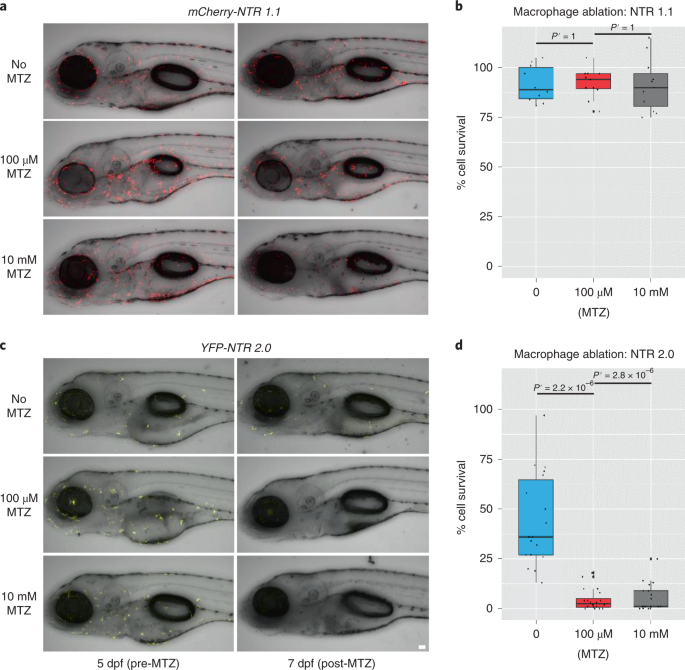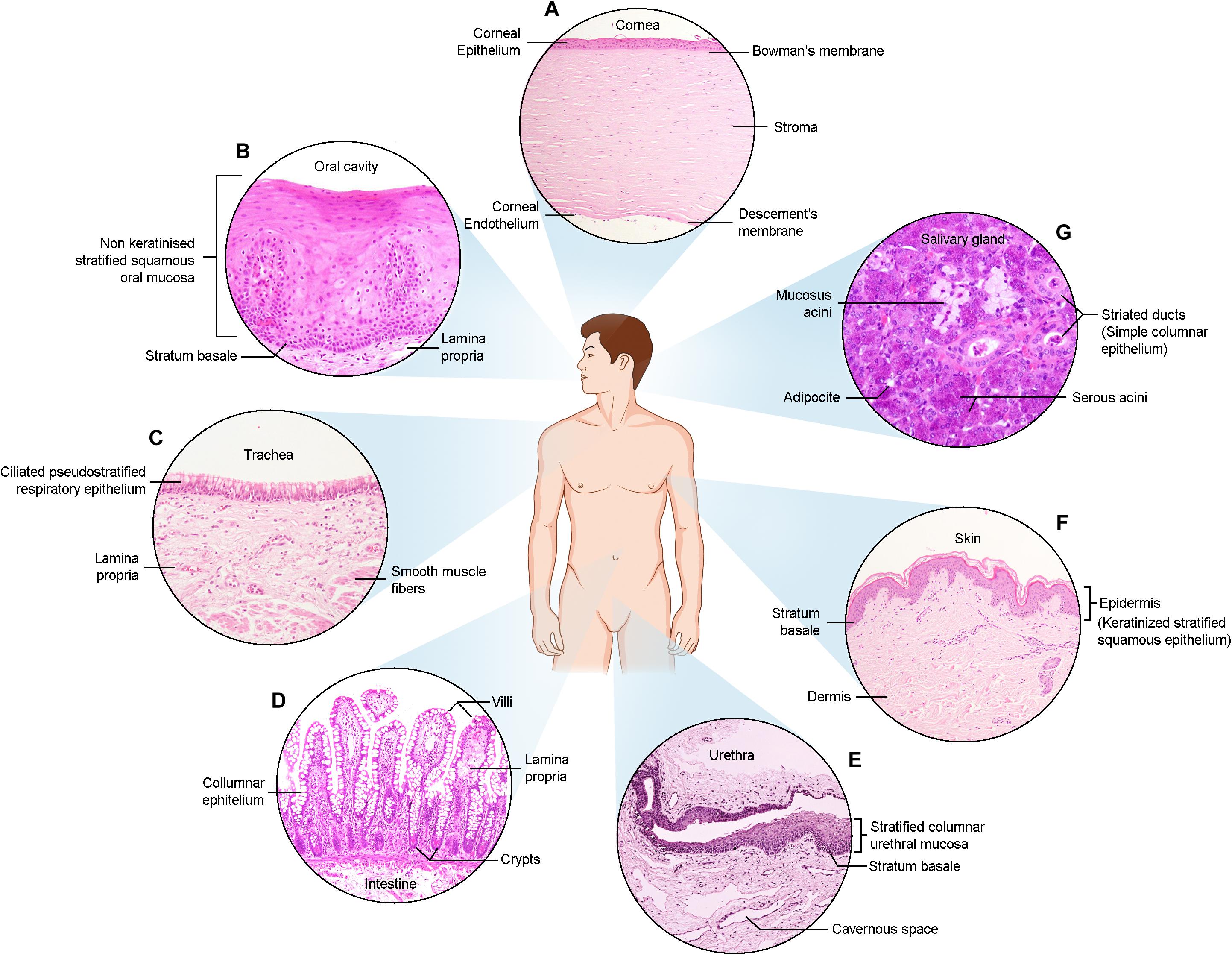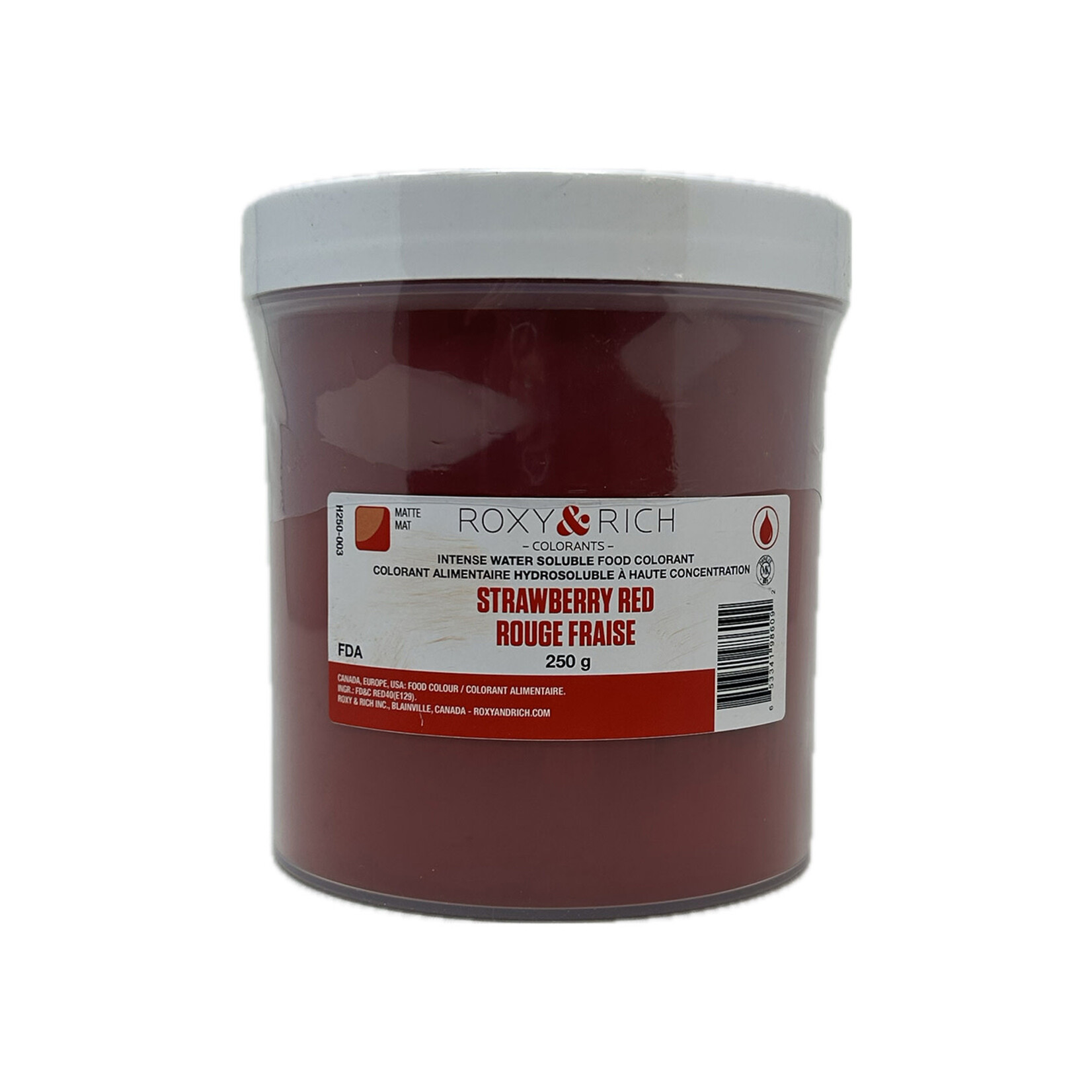NTR expression and pathology of ablation. Panels a and c-h were all
5 (379) · $ 26.50 · In stock

VEGFA mRNA-LNP promotes biliary epithelial cell-to-hepatocyte conversion in acute and chronic liver diseases and reverses steatosis and fibrosis: Cell Stem Cell

NTR 2.0: a rationally engineered prodrug-converting enzyme with substantially enhanced efficacy for targeted cell ablation

Nitroreductase-mediated cell/tissue ablation in zebrafish: a spatially and temporally controlled ablation method with applications in developmental and regeneration studies

Frontiers Integrated proteomic and metabolomic profile analyses of cardiac valves revealed molecular mechanisms and targets in calcific aortic valve disease

BDNF Overexpression Enhances the Preconditioning Effect of Brief Episodes of Hypoxia, Promoting Survival of GABAergic Neurons

Integration of vascular progenitors into functional blood vessels represents a novel mechanism of vascular growth

PDF) Nitroreductase-mediated cell ablation is very rapid and mediated by a p53-independent apoptotic pathway

Specific Phosphorylation of a Site in the Full-Length Form of the α1 Subunit of the Cardiac L-Type Calcium Channel by Adenosine 3',5'-Cyclic Monophosphate- Dependent Protein Kinase

NTR 2.0: a rationally engineered prodrug-converting enzyme with substantially enhanced efficacy for targeted cell ablation

Frontiers Regenerative Medicine of Epithelia: Lessons From the Past and Future Goals

NTR 2.0: a rationally engineered prodrug-converting enzyme with substantially enhanced efficacy for targeted cell ablation

NTR 2.0: a rationally engineered prodrug-converting enzyme with substantially enhanced efficacy for targeted cell ablation

Lck tyrosine kinase mediates β1-integrin signalling to regulate Schwann cell migration and myelination











